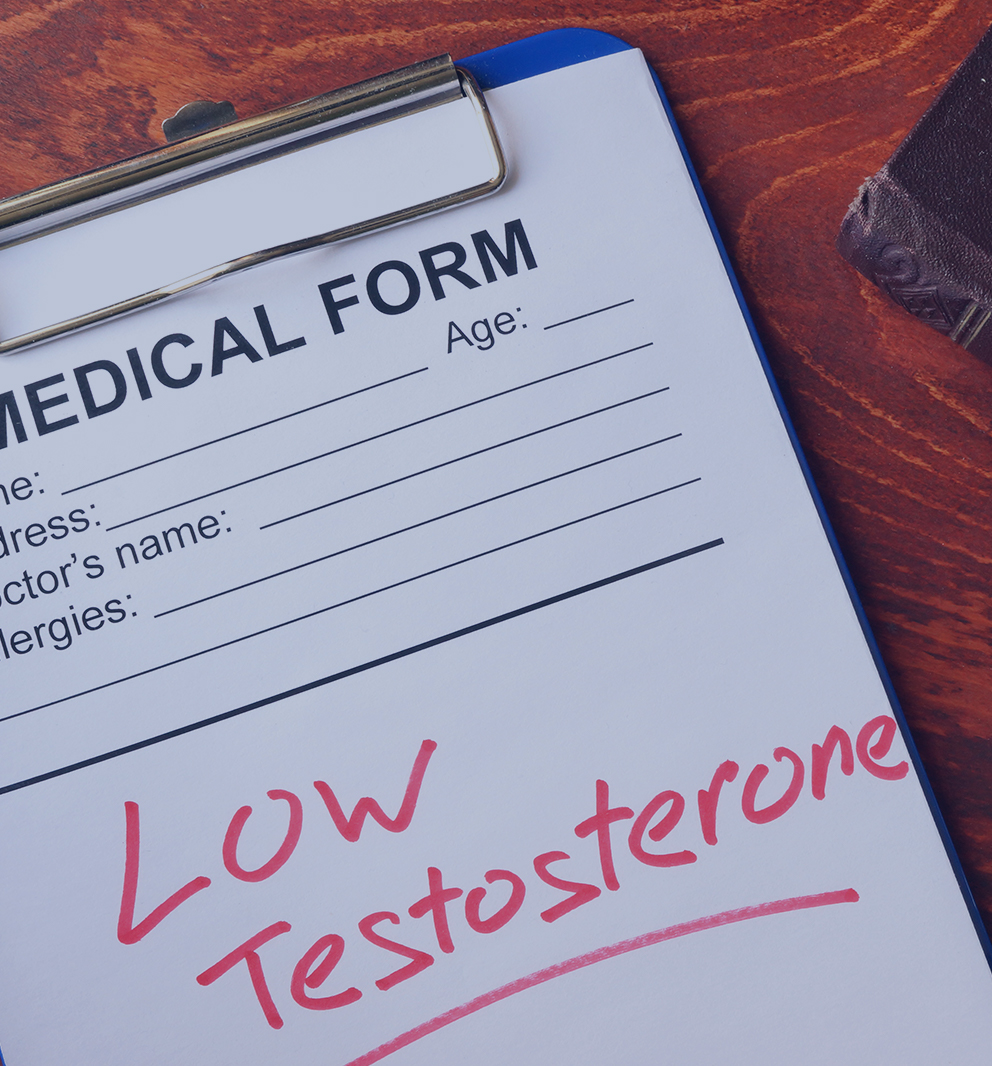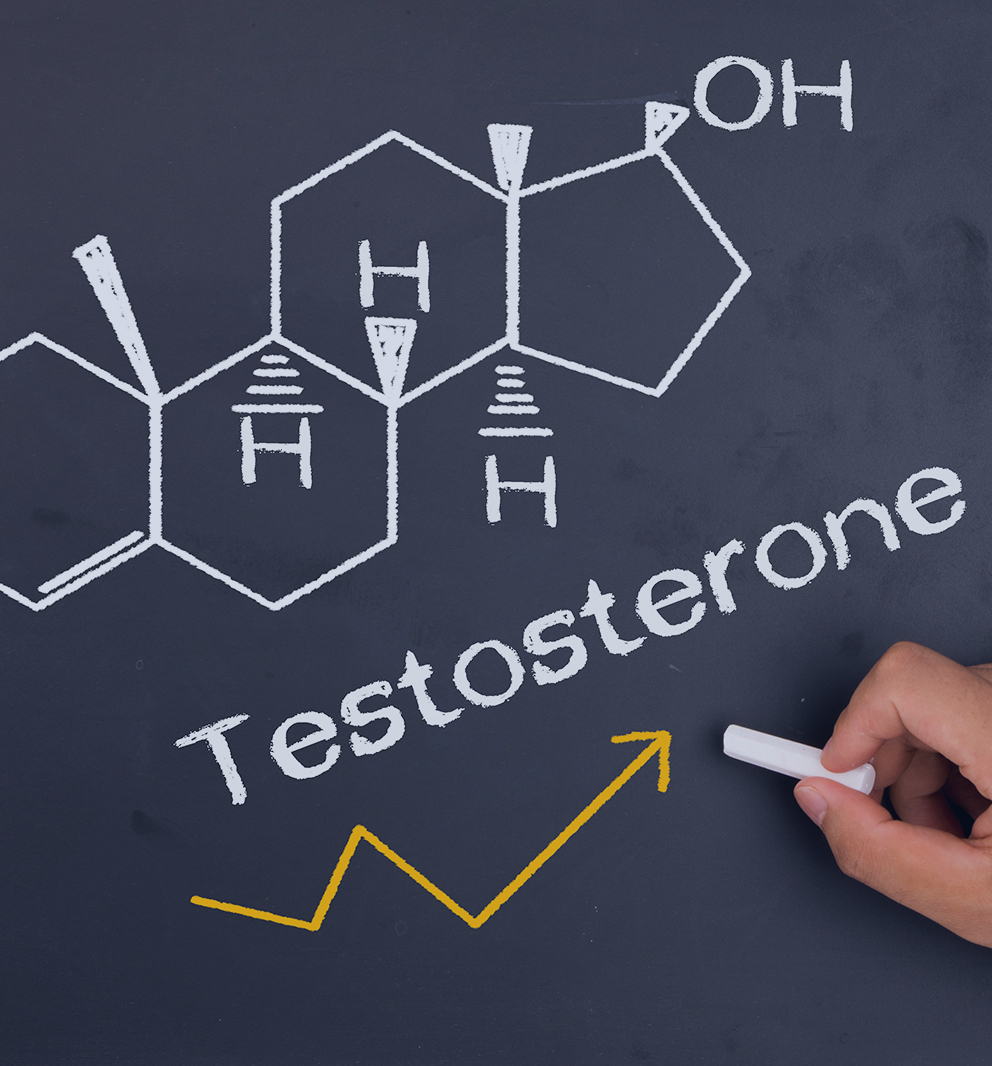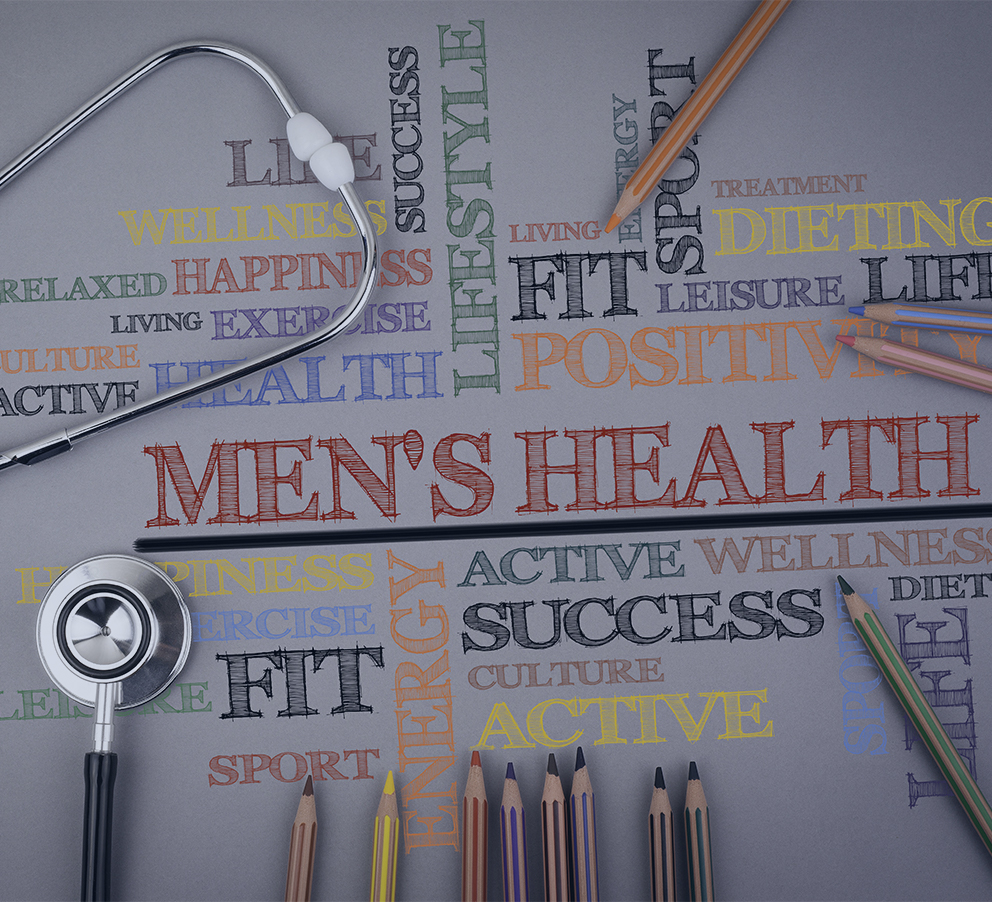
Low T (also termed hypogonadism) has become very popular over the past 10 years. This is both a gift and a curse. The publicity has made many men aware of this syndrome that can have a very detrimental effect on their health, mood, and energy levels. At the same time the abundance of press has caused many medical providers to offer Low T treatment who may not be very competent in its management OR medical providers that have decided Low T is not a real condition and hence they are quick to ignore the potential of its presence in men.
Low T is classically defined as a persistently low testosterone level drawn in the morning time on at least 2 different days with associated signs and symptoms of low testosterone. These symptoms range from more specific to less specific. Many of the symptoms are subtle and may be caused by a multitude of different things. Common symptoms are fatigue, loss of muscle/strength/physical stamina, poor focus, low sex drive, and erectile dysfunction to name a few. While it’s important to do a thorough examination when considering the cause of the patient’s complaints, it’s also important to understand the actual risks of treatment vs. myths of treatment risks and also the danger of non-treatment, which we will review shortly.

Low T, just like many other hormone deficiencies, is often treated by replacement of the hormone that is deficient. In some cases the main cause of the low hormone level is identified and if treated the hormone can return to normal ranges. Though the majority of the time in Low T patients the exact cause is unable to be identified and thus testosterone medication is given to replace the hormone back into the normal range. (For total testosterone the normal range is considered to be approximately 300 ng/dl – 1000 ng/dl. Most medical providers attempt to return the testosterone level to anywhere within the middle of normal range, often near 500- 600 ng/dl.)
Testosterone can be replaced with 1) topical cream or dissolving oral tablets that are applied or taken daily to twice daily, 2) injections that are typically given every 1 – 2 weeks, or 3) testosterone pellets that are placed surgically under the top layer of skin and last about 2-3 months in most cases.
*Other treatments that don’t involve testosterone medication can also be used in some situations. These treatments attempt to stimulate the testicles to produce more testosterone through various means depending on the medication. Men that don’t want to negatively affect their fertility often find these options more attractive. More on these options in “treatment options” page.

After treatment is started for Low T routine blood work and follow up consultations are needed in order to assess for response and if side effects are present. Most men respond well to TRT and will feel better within the first 1-2 months. In some men, 3-4 months may be needed in order to realize significant improvements. This is often due to adjustments to dosage that are made based upon how you are feeling and lab results showing your testosterone levels on the current dose. In most cases labs are needed about 5 weeks after starting treatment to check total and “free testosterone” levels and to see if adjustments to dose are needed. Because total testosterone levels can sometimes be deceiving we focus more on free testosterone levels. “Free testosterone” is the amount of testosterone (typically 2-3% of total testosterone) that is able to easily leave the blood vessels, enter the body tissues, and have an effect. The next scheduled lab is typically at 3 months and 6 months where RBC (red blood cell) counts are monitored to assess for erythrocytosis. PSA testing to screen for the presence of prostate cancer will be monitored every 6 – 12 months for changes.

Quick answer. OPTIMIZATION. The typical goal of Low T treatment is to alleviate symptoms by returning the patients testosterone levels back to normal. This often will not alleviate the patient’s symptoms completely and certainly will not confer the most benefit from Low T replacement therapy. Our goal at National TRT Clinics is to optimize the testosterone levels in order to get the most benefit from treatment. By optimizing testosterone levels we can reap the full benefits that would be absent with just normalizing the testosterone levels. Optimizing testosterone involves putting the T levels back into the upper end of normal for a healthy 19- 20 year old male. In some cases slightly above the upper end of normal is appropriate. Loss of visceral fat, improved bone density, increased lean muscle, better focus, and energy are most improved when testosterone levels are optimized.
Much as been made lately around the benefits vs. the risks of TRT. The truth of the matter is the risks of testosterone replacement therapy (TRT) is very low. It’s safety profile is very good. There are 3-4 concerns about TRT that are unfounded in the degree they’re made out to be. First among them is the CV (cardiovascular) risks of TRT. The most recent consensus agreement by various specialists on the matter determined there was no good evidence that TRT increases risks for strokes, heart attacks, or other blood clots. The evidence for this risk is flat out weak. Sitting next to the CV risk concern is an associated concern about “elevated” Hct (hematocrit) causing clots. We know that testosterone can increase red blood cell production and hence increase the Hct (hematocrit is the percentage of red blood cells in whole blood). The evidence that purports to show an increased risk with elevated Hct is from studies involving patients with Polycythemia vera, a blood cancer that will often have an increase in RBCs, WBCs (white blood cells), and platelets. TRT induced erythrocytosis and PV (polycythemia vera) are not the same and to conflate the too is incorrect. Monitoring for elevations in Hct while on TRT will be done and to err on the side of safety we will adjust treatment and intervene if Hct rises to far above the normal range.
Gynecomastia is a potential side effect from unmonitored testosterone use in some men. Gynecomastia is the development of glandular breast tissue, typically right behind the nipple in a mound of rubbery feeling tissue. It appears to be caused by an inappropriate ratio of estrogens to androgens (like testosterone) over a long period of time (greater than 6 months typically). This causes some men on TRT to be very worried about their estrogen level. Estrogen is typically monitored by estradiol testing and guys will often want to suppress or lower their estrogen levels with various medications. In some scenarios this may be necessary, and often only for a limited time (few months). Aromatase inhibitor medications are most often used in these scenarios. In most cases though manipulation of estrogen levels is not needed or wanted. Estrogen confers many of the great health benefits of TRT; giving us more healthy blood vessels, CV health, stronger bones, and improved brain health to name a few. Suppressing estradiol unnecessarily only reduces these very important benefits to our health. *** this topic in particular can be very confusing to the public and medical providers alike. Much of the evidence of estradiol causing or contributing to harm are based upon correlational studies that show increased risks of various problems with higher estrogen levels. In a nutshell, correlation does not equal causation, and estrogen shouldn’t be lowered un-necessarily.
Prostate cancer concern is the final note. There is no good evidence that TRT increases risk of prostate cancer. Period. Based upon review of the evidence multiple panels of experts have agreed on this.
There are, in fact, concerns about TRT in a guy who has a known, untreated prostate cancer. The evidence on this topic is not clear cut. Much of the evidence appears to support that prostate cancers may have a “saturation” limit. This “saturation effect” essentially says that beyond a certain level of testosterone, often reported around 100 ng/dl, further growth of the prostate cancer is non-existent. Dr. Abraham Morgentaler has done extensive work in this area and we recommend his book- “Testosterone for Life”, which goes into the evidence. Any men with a diagnosed untreated, active prostate cancer will need consultation with urology before we will consider any treatment of any kind. We are also happy to help you get into contact with urologists who are knowledgeable in the field of testosterone therapy and prostate cancer. Many men may believe they are destined to suffer the severe symptoms give to them by prostate cancer treatments that have “medically castrated” them, resulting in near 0 levels of testosterone. The symptoms for many of these men are unbearable.
So….. what’s the risk of treating a guy who didn’t meet the typical definition of “Low T” vs. the non-treatment of a guy who did in fact have “Low T” but didn’t meet the testosterone level cut off. It’s a common problem in statistics, Type 1 vs. Type 2 error. In Type 1 error we make a “false positive”. We treated something that wasn’t actually present. In Type 2 error we make a “false negative”, not treating someone who did in fact have the condition. Ideally, we try to limit both errors to as little as possible. But as medical providers we often tend to lean one way or the other in regards to which error we are more comfortable making. Because the evidence of actual risks of medical supervised TRT is very low and the risk, both acute and long term, to the guy who is denied treatment but has Low T can be significant, I would argue that being more concerned with limiting Type 2 errors is best.